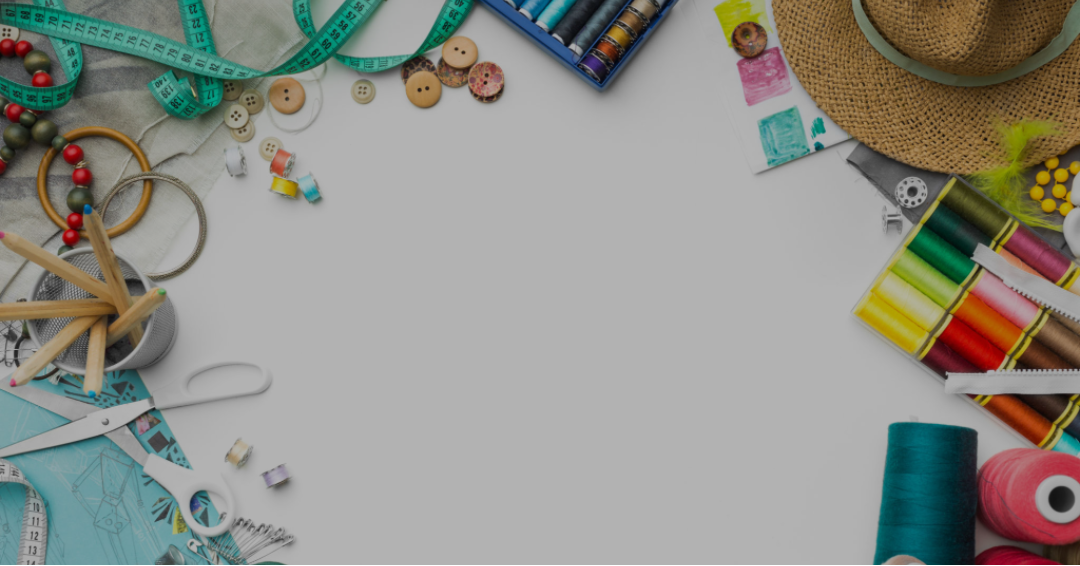

· By The Wakaii Team
The Art Behind Your Favorite Plushies: A Comprehensive Overview
Welcome to our in-depth look into the plushie-creation process.
This guide will provide you with captivating insights into the journey each plushie undertakes from conception to completion.
Let's dive into the magical world of plushies!
How Are Plushies Made?
1) Design
The birth of a plushie begins with an artistic vision, a design concept that lays the foundation for the cuddly toy.
This idea is meticulously sketched or digitally illustrated.
2) Pattern
Once the design is ready, it transforms into a pattern that serves as a blueprint for the plushie’s physical attributes.
This includes the size, shape, and the unique features that make the plushie what it is.
The complexity of the pattern varies, catering to everything from simple plushie making for beginners to advanced designs for experienced creators.
After the pattern, comes the choice of fabric.
3) Material Research
Plushies, or as they're commonly known, stuffed animals, are mainly made of soft, smooth, plush fabric.
However, other fabrics like cotton, synthetic blends, or faux fur may also be used, offering a range of textures and appearances.
4) Production
The fabric, based on the pattern, is then cut and sewn together.
Post-sewing, it's time for the stuffing, which gives the plushie its delightful squishiness.
Typically, stuffed animals are made of polyester fiberfill, but materials like cotton, wool, and even beans or plastic pellets can also be used depending on the desired level of firmness and weight.
Detailing, such as the eyes, mouth, or any other special features, are added towards the end.
This could be through additional sewing, embroidery, or application of pre-made components.
5) Quality Check
Once the plushie comes to life, it goes through an important phase – quality check.
At Wakaii, we meticulously inspect each toy, ensuring the seams are secure, the stuffing is evenly distributed, and the overall structure corresponds to the original design.
Any detailing added, like eyes or mouth, are double-checked for firm attachment.
This comprehensive process guarantees that your plushie is not only delightful but durable and safe.
We ensure every cuddly companion we send out meets our highest standards, offering you nothing but the best in the world of plushies.
Production Techniques for Plushies
One aspect that often intrigues both plushie enthusiasts and creators is the range of production techniques that go into creating these adorable companions.
Let's delve deeper into two primary aspects - the sewing process and the addition of intricate details.
1) Hand Sewing
When it comes to creating plushies, a frequently asked question is, 'Can you hand sew plushies?' The answer is a resounding yes.
Hand sewing is a traditional method that offers a high level of control over each stitch, making it ideal for intricate patterns or delicate fabrics.
Furthermore, it requires minimal tools - just a needle, thread, and your plushie pattern, making it accessible for beginners.
However, it's worth noting that hand-sewing can be time-consuming.
For instance, depending on the complexity of the design, sewing a plush could take anywhere from a few hours to several days.
2) Is A Sewing Machine Necessary?
While not a strict requirement, sewing machines can significantly speed up the plushie making process.
They are particularly handy when creating multiple plushies or working with thicker fabrics that may be challenging to sew by hand.
3) Hand Sewing vs Machine Sewing
The choice between hand sewing and machine sewing often boils down to personal preference, available resources, and the specific requirements of the plushie design.
And if you're wondering about the best stitch to sew plushies, most plushie makers swear by the backstitch for hand sewing and a straight stitch for machine sewing.
Both are sturdy, reliable, and suitable for most plushie patterns.
So then, is it better to sew on a sewing machine or hand sewn?
Well, that debate really boils down to the specifics of your project and your personal comfort with each technique.
No matter your choice, the joy of seeing your own plushie creation come to life is unrivaled. Just have fun making plushies!
4) Adding Details and Finishing Touches
As for the intriguing details that bring a plushie to life, they often require special techniques.
Eyes, mouths, and other facial features can be embroidered by hand or machine, providing a safe and durable option for plushies intended for young children.
Alternatively, pre-made elements like safety eyes or noses can be attached.
Appliqué techniques are also used for more complex features or patterns.
Wrapping Up
From their humble beginnings to their place in the modern world, plushies have come a long way.
Our aim was to make this journey informative and enjoyable, and hopefully, we've sparked your curiosity and creativity along the way.
If you're keen on exploring the world of plushies further, consider subscribing to our newsletter.
You'll not only receive the latest updates and fascinating articles like this one straight to your inbox but also enjoy a 15% OFF on your next order!
FAQs
Yes, you can hand sew plushies. Hand sewing is a traditional method that offers a high level of control over each stitch, making it ideal for intricate patterns or delicate fabrics. However, hand-sewing can be time-consuming.
No, a sewing machine is not a strict requirement for making plushies. However, they can significantly speed up the process and are particularly handy when creating multiple plushies or working with thicker fabrics.
Most plushie makers recommend the backstitch for hand sewing and a straight stitch for machine sewing. Both stitches are sturdy, reliable, and suitable for most plushie patterns.
The choice between hand sewing and machine sewing often depends on personal preference, available resources, and the specific requirements of the plushie design. Both methods have their own advantages.
Depending on the complexity of the design, sewing a plush could take anywhere from a few hours to several days. Machine sewing can speed up the process compared to hand sewing.


